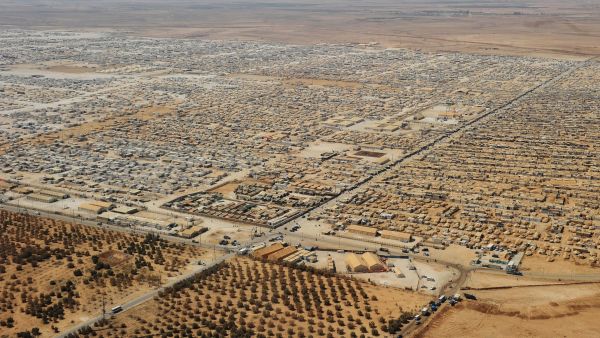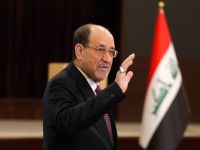Zaatari refugee camp: a makeshift city
Unlike Lebanon, which also hosts a large number of refugees, Jordan has opened refugee camps in the North of the country to control the arrival and settlement of refugees. Established in late July 2012, the Zaatari camp, which has nearly 80,000 inhabitants today, is the most famous space of settlement of Syrian refugees. The camp is located in a semi-arid area about ten kilometres southeast of the city of Mafraq in Northern Jordan, near the border with Syria. Originally composed of tents juxtaposed next to each other, the camp has grown dramatically with the increasing number of arrivals of Syrians in late 2012 and early 2013, with up to 200,000 inhabitants registered by UNHCR in April 2013.
Continue reading on Jadaliyya
A new Harlem mural exposes education apartheid in Iran
“Growing up as a Baha’i in Iran I always had that fear that anything can happen in a second,” says Nasim Biglari, a 29-year-old Baha’i from Tehran, Iran. “And that fear remained in me even when I was taking the entrance examination for universities.” Biglari describes how Baha’is were granted permission to take the test for university, but when the day came for them to get their results, official documents declared there was an “error,” making it impossible for them to actually enrol. “And this was the story of all the Baha’is that I knew,” Biglari, says.
Continue reading on IranWire
Israel cannot afford to abandon its Arab youth
Sixty-thousand young Arabs between the 18-22 are defined by the state as “idle” — those who do not work or study. But the term is deceiving: there is nothing idle about these young people; in fact, the term is probably better suited to the local authorities who do nothing to ameliorate their situation.
Continue reading on +972






